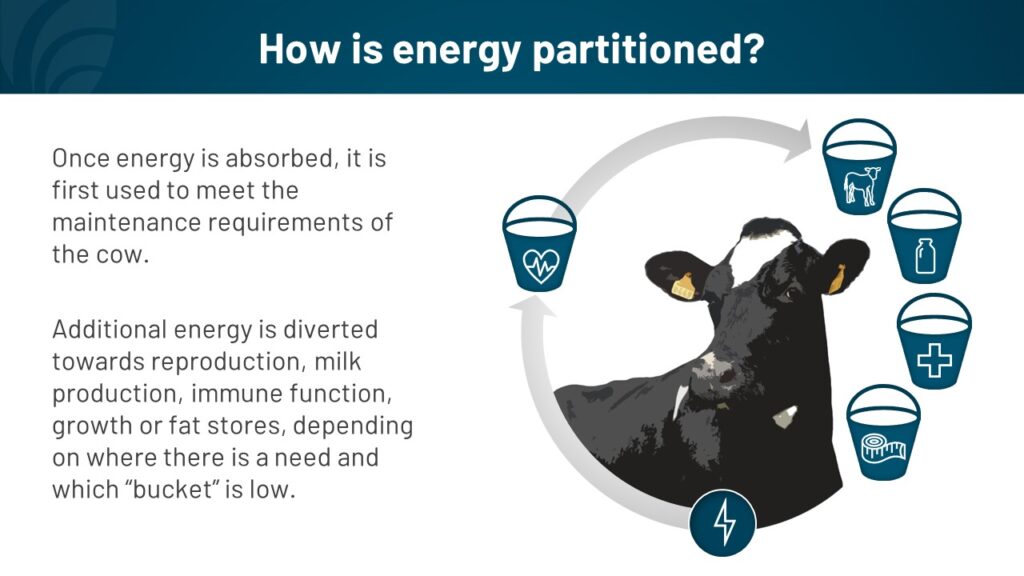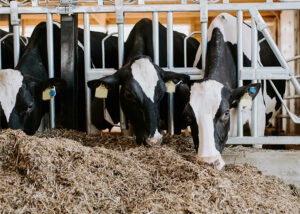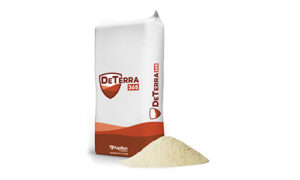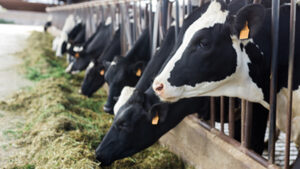When we talk about increasing energy availability to cows, we often expect an increase in milk yield and components. Although energy can be used for milk production, there are many other places where extra energy can be diverted for positive use by the cow.
Increasing dairy cow energy availability
Before we get into where energy goes, let’s review how a cow obtains more energy in the first place. Cows get energy from their diet in the forms of protein, fat and carbohydrates. The only way to increase energy availability to the cow is to increase the absorption of those nutrients—or their microbial breakdown product volatile fatty acids (VFAs)—in the gut.
This can be accomplished in a variety of ways including altering the dietary nutrient composition, increasing cow dry matter intake and reducing feed particle size to make it easier for rumen microbes and digestive secretions to break down. We can also increase nutrient absorption by optimizing rumen papillae shape, reducing incidence of low ruminal pH and preventing leaky gut.
Understanding energy partioning
Once energy is absorbed it can be partitioned towards a variety of helpful uses. As a first step, energy goes to meet the maintenance requirements of the cow. This includes basic bodily functions like cellular repair, breathing and regulating body temperature. Once those needs are met, additional energy is diverted towards reproduction, milk production, growth or immune function. Any excess energy can be stored in the body primarily as fat.
What we don’t know when increasing energy availability to a cow is which energy buckets might be low. If she is facing stressors such as heat, gut damage, pathogens or mastitis, her immune system energy requirement may go up. If she is in late pregnancy, more energy will be diverted towards reproduction. And in some cases, if her energy needs are all being met, she may reduce her intake to maintain the amount of energy she is taking in, thereby improving her feed efficiency.
Using feed additives
Feed additives can support increased breakdown of feed and improved absorption in the gut, leading to higher energy availability for the cow. But thinking that we should always see a significant improvement in milk production when we use a feed additive is a false interpretation of their impact.
Because we cannot control how a cow uses any extra energy available to her, we cannot control the impact of feed additives on energy partitioning. Instead of looking at milk production alone when evaluating a feed additive, we should also examine changes in things like reproductive success, body weight, health events, manure quality, intake consistency and rumination time. This will provide a clearer picture as to where the cow needs energy and if a feed additive is a useful tool in helping her meet her energy needs.






